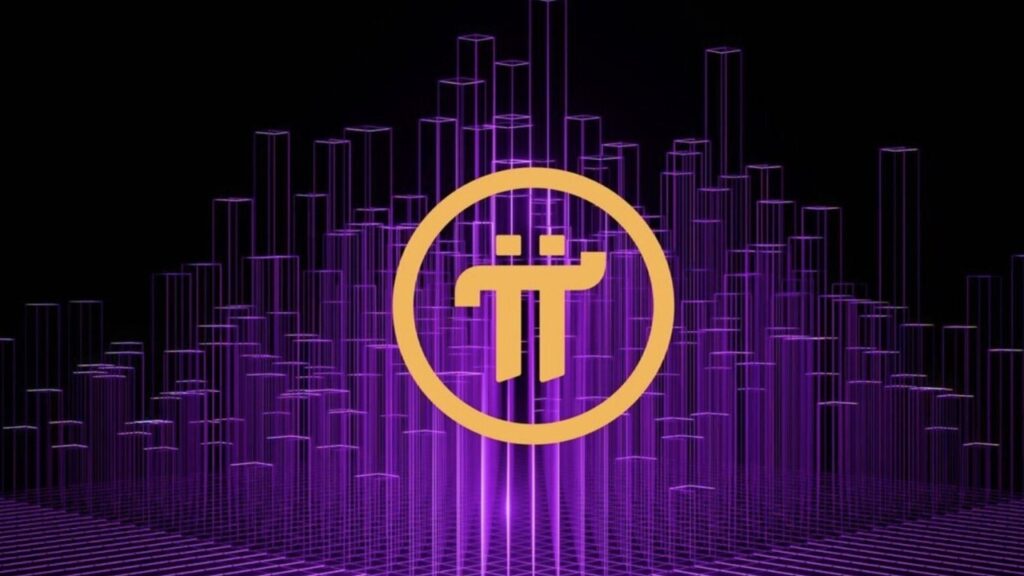Navigating the complex world of cryptocurrency often feels like deciphering an ancient text. One such enigma currently captivating the attention of many is the potential integration of Pi Network with Tether (USDT). Is this a revolutionary step toward mainstream adoption, or a risky gamble with potentially significant downsides? Let’s explore.
Pi Network and USDT: A Match Made in Crypto Heaven? Or a Recipe for Disaster?
The prospect of Pi USDT trading has ignited considerable debate within the crypto community. While the Pi Network boasts a massive user base, its value remains largely speculative. Its integration with a stablecoin like USDT, pegged to the US dollar, could theoretically provide stability and potentially boost its legitimacy. However, the true implications remain uncertain and require careful consideration.
The Allure of Stability: What Pi USDT Could Mean for Users
One of the key attractions of a potential Pi USDT pairing is the introduction of stability to Pi’s volatile nature. USDT’s price remains relatively fixed, offering a degree of predictability that’s often absent in the unpredictable crypto market. This could make Pi more attractive to investors seeking a less risky investment option. Furthermore, a stable Pi USDT exchange rate could simplify transactions and reduce the risk of significant value fluctuations.
Navigating the Uncertainties: Challenges to Pi USDT Integration
The path to successful Pi USDT integration is fraught with challenges. One significant hurdle is the inherent uncertainty surrounding Pi’s value. The network is still under development, and the actual value of Pi tokens upon mainnet launch remains unclear. This uncertainty makes it difficult to establish a fair and stable exchange rate with USDT. Another challenge lies in the regulatory landscape, which is constantly evolving and presents potential obstacles to the project’s progress.
Regulatory Hurdles and the Road Ahead for Pi USDT
The regulatory environment surrounding cryptocurrencies is notoriously complex and varies considerably across jurisdictions. The potential integration of Pi with USDT will inevitably face regulatory scrutiny. Governments worldwide are grappling with how to regulate cryptocurrencies effectively, and the outcome of these regulatory efforts could significantly impact the feasibility of Pi USDT pairing. It’s interesting to note that the legal landscape is constantly shifting, making accurate prediction difficult.
A Deeper Dive into the Mechanics of Pi USDT Trading
Understanding the mechanics of Pi USDT trading requires examining the underlying technology and the intricacies of the exchange process. It involves a complex interplay between the Pi Network’s blockchain, the USDT blockchain, and the trading platform facilitating the exchange. This process is not as simple as it may appear at first glance. In my experience, transparency in this area is crucial for building trust among users.
The Importance of Security and Transparency in the Pi USDT Ecosystem
Security is paramount in any cryptocurrency ecosystem, and the Pi USDT pairing is no exception. The security of both the Pi Network and the USDT platform must be robust to prevent hacking and fraud. Transparency is equally crucial. Users need clear information about the exchange rates, transaction fees, and security measures in place. A lack of transparency can breed mistrust and discourage widespread adoption.
Speculation vs. Reality: Assessing the Long-Term Viability of Pi USDT
While the prospect of Pi USDT trading is exciting, it’s vital to approach it with a healthy dose of skepticism. The long-term viability of this pairing depends on a number of factors, including the success of the Pi Network’s mainnet launch, the regulatory environment, and the overall market sentiment towards both Pi and USDT. It’s crucial to avoid hype and focus on realistic assessments of the project’s potential.
The Role of Community and Developer Engagement in the Success of Pi USDT
The success of any cryptocurrency project hinges significantly on the strength of its community and the commitment of its developers. A strong community provides support, feedback, and advocacy. Active and responsive developers are essential for addressing technical issues, implementing security updates, and adapting to evolving market conditions. In my opinion, a collaborative approach between developers and the community is key to navigating the challenges and realizing the potential of Pi USDT.
Final Thoughts: A Cautiously Optimistic Outlook for Pi USDT
The potential integration of Pi Network with USDT presents both exciting opportunities and significant challenges. While the prospect of increased stability and broader adoption is attractive, it’s crucial to approach this development with a critical eye. Thorough due diligence, transparency, and a strong focus on security are vital for navigating the potential pitfalls and realizing the full potential of Pi USDT. It’s a fascinating project to watch unfold, and the future of Pi in the crypto world is certainly one worth following closely.





